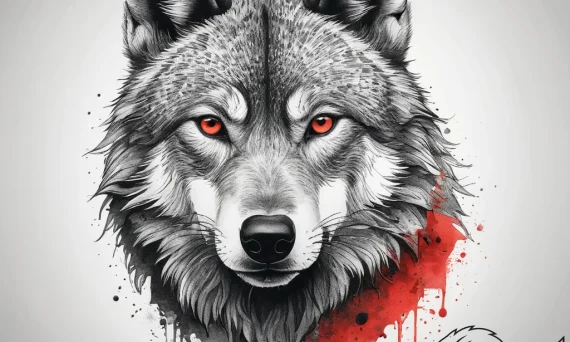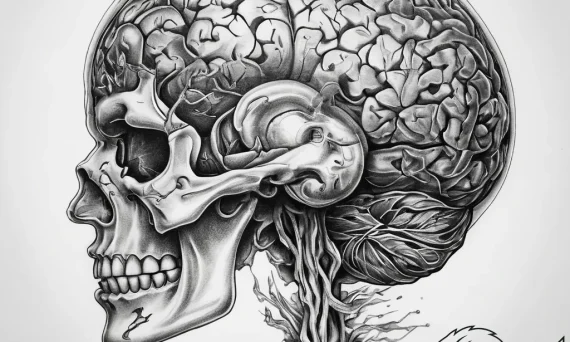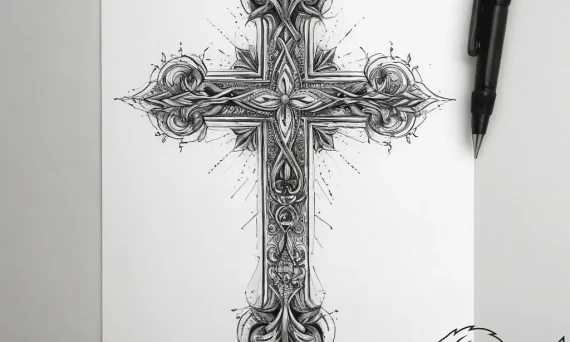Understanding deposits: Are they refundable if you change your mind?
Embarking on the journey to acquire a new tattoo is an exhilarating experience, a fusion of artistic vision and personal expression that culminates in a permanent masterpiece on your skin. Yet, before the hum of the machine begins, or even before the final design is drawn, a crucial administrative step often takes center stage: the tattoo deposit. For many contemplating their first piece, or even seasoned enthusiasts exploring a new artist or studio, the concept of a deposit can sometimes feel like an added hurdle, raising questions about commitment, financial obligation, and ultimately, refundability. Understanding the nuances of tattoo deposits is not merely about protecting your wallet; it is about fostering a relationship of trust and respect with your chosen artist, ensuring a smooth and successful path from initial concept to stunning reality. This comprehensive guide aims to demystify the world of tattoo deposits, empowering you with the knowledge to navigate this essential part of the booking process with confidence and clarity, ultimately enhancing your entire tattoo journey.




